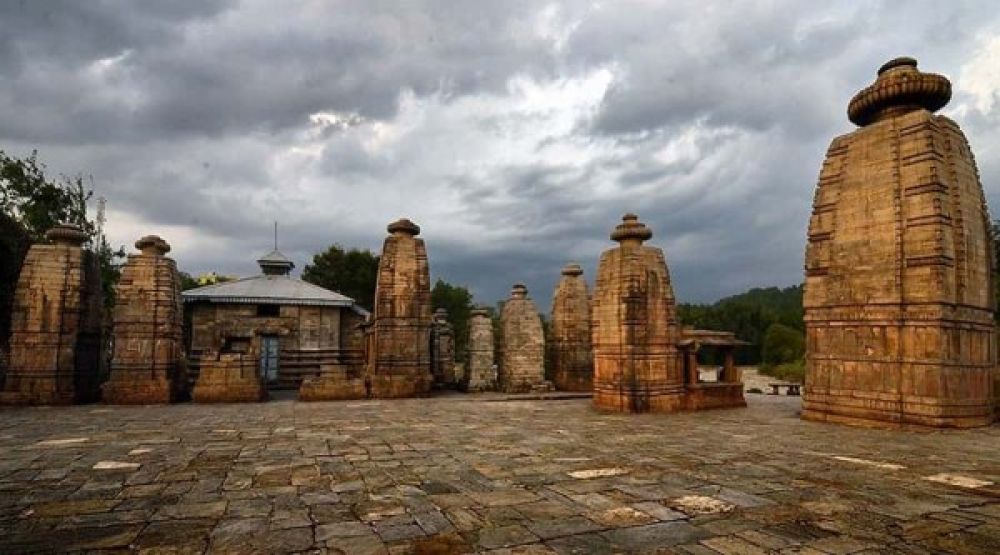

The Baijnath Temple, located in Almora, Uttarakhand, is a significant historical landmark and a sacred place of worship. This temple has a rich past that dates back to the 12th century and is dedicated to Lord Shiva. The temple stands as an exemplary specimen of the North Indian Nagar style architecture predominately found in the Kumaon region of Uttarakhand.
The Baijnath Temple was constructed in 1204 A.D. by two local merchants named Ahuka and Manyuka. The temple is unique due to its ancient and intricate carvings that showcase the premier craftsmanship of that era. Historically, it has been a center of worship for Shiva devotees in the region. The temple complex also houses other shrines dedicated to various deities including Goddess Parvati, Lord Ganesh, and the great sage Vashistha.
Tourism at Baijnath Temple began to gain traction once the region became more accessible. With the establishment of British rule, roads and railway networks improved, bringing more visitors to the place. Post-independence, the Indian government, along with various tour operators, started promoting the temple as a key pilgrimage and heritage site. A significant boost occurred with the statehood of Uttarakhand in 2000, as the government began to focus more on the temple's conservation and its potential to attract tourists.
Renowned for its picturesque backdrop with the east flowing Gomti River and the lush terraced fields, the pleasing climate throughout the year, and the soothing ambience, Baijnath has always been a significant stop on the spiritual tourist map. It has drawn pilgrims and tourists alike who come to seek blessings, bask in the serenity of the region, and appreciate the temple's architectural beauty.
As interest in wellness and spiritual tourism has spiked, Baijnath Temple has become a hotspot for those seeking a blend of spiritual growth and relaxation in the lap of the Himalayas. Nowadays, tourists are not just visiting the temple but are also exploring the surrounding areas, trekking, and participating in local festivals. The temple management and local government have been working together to enhance tourist facilities, including the conservation and restoration efforts of the temple, to maintain its historical significance and charm.
The future of tourism for Baijnath Temple seems bright, with continuous developments in infrastructure and sustainable tourism practices that are expected to increase its appeal. Efforts to promote eco-tourism and to include more immersive cultural experiences have been gradually transforming the visit to Baijnath Temple into a more holistic experience rather than just a traditional pilgrimage.
For visitors planning a trip to Baijnath Temple, it is important to note the temple timings, which are usually from 6:00 AM to 9:00 PM all through the year. The temple is easily accessible by road and the nearest railway station is Kathgodam, while Pantnagar Airport is the closest air link. Local customs call for modest clothing and respect for the sanctuary's serene environment.